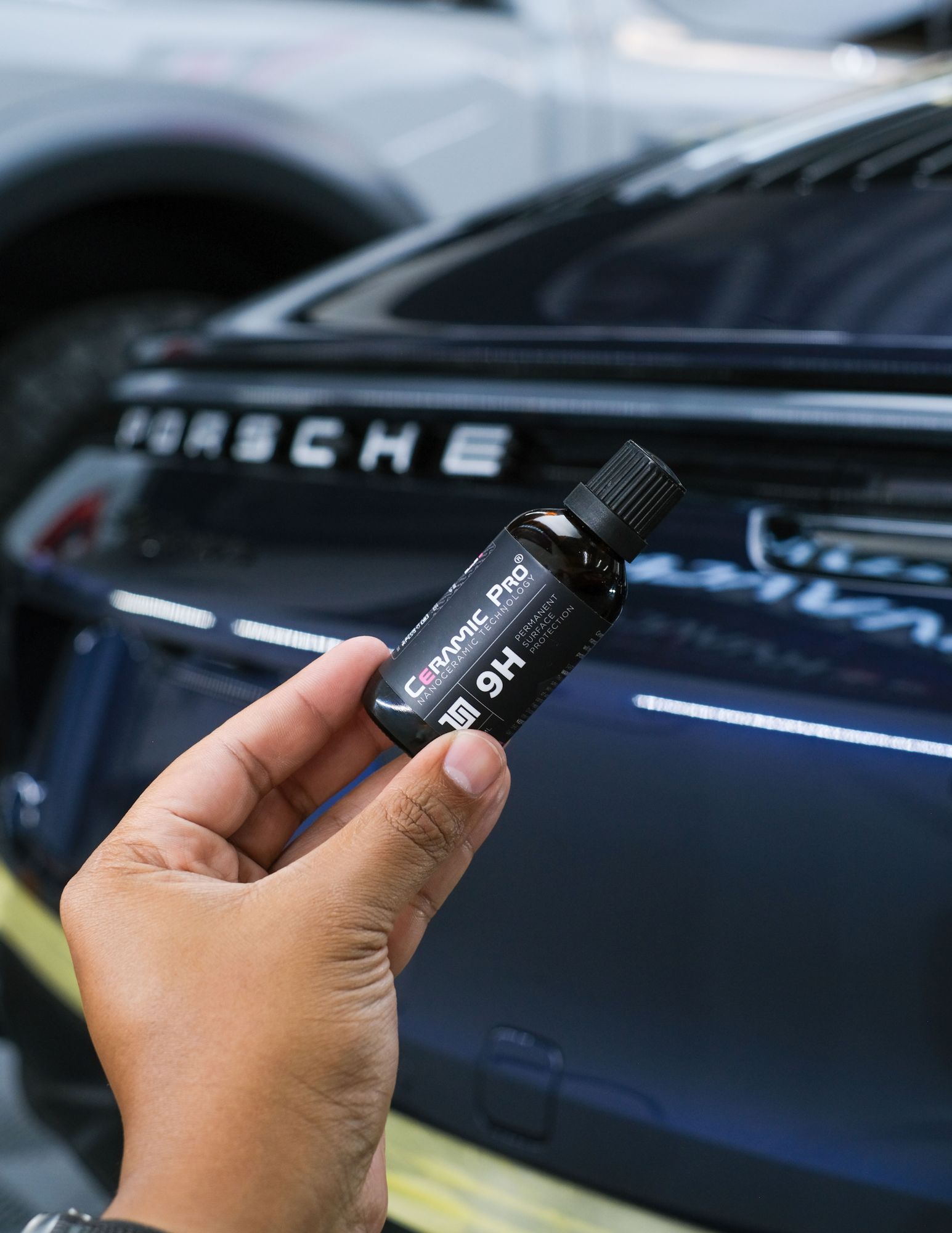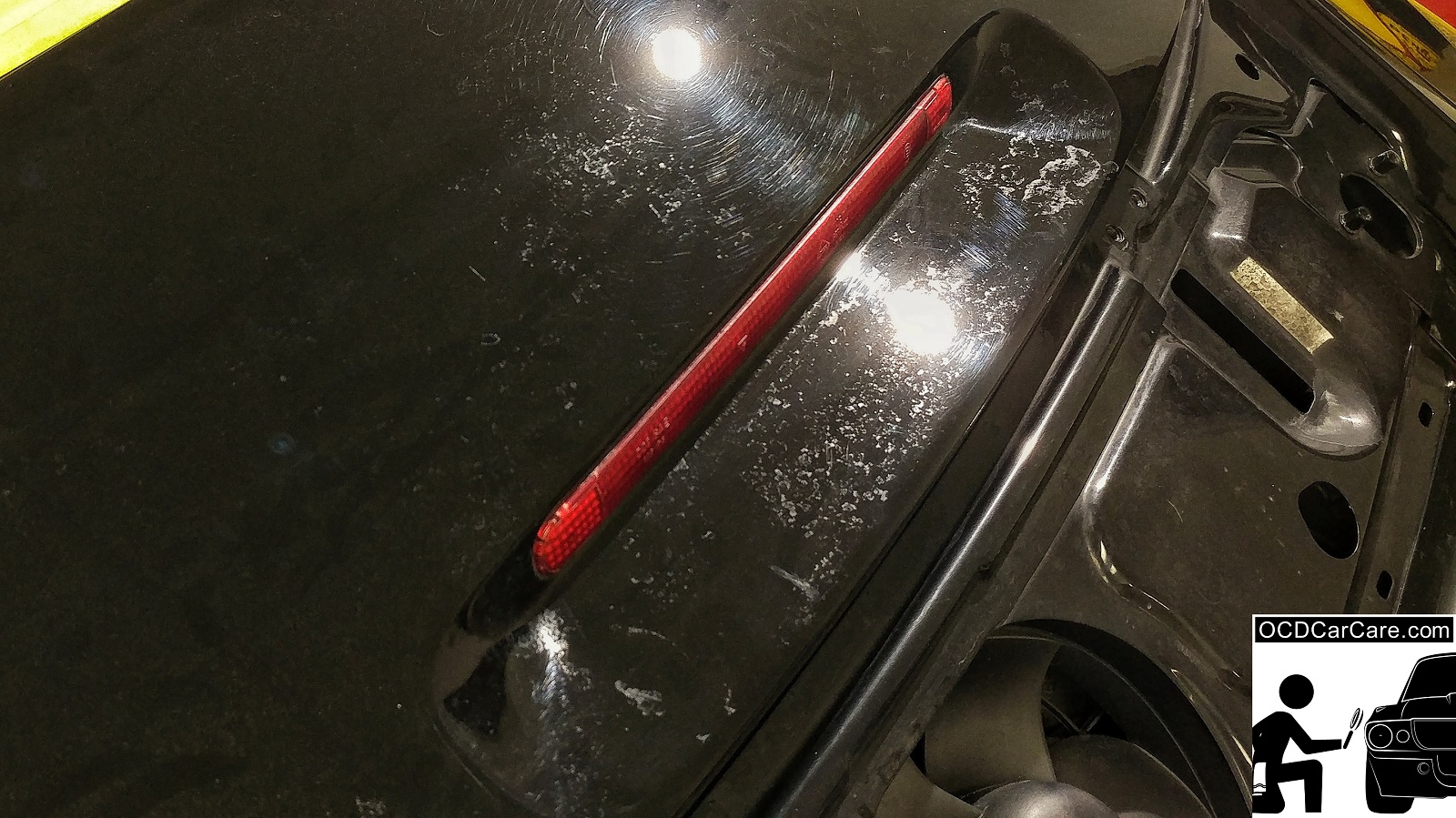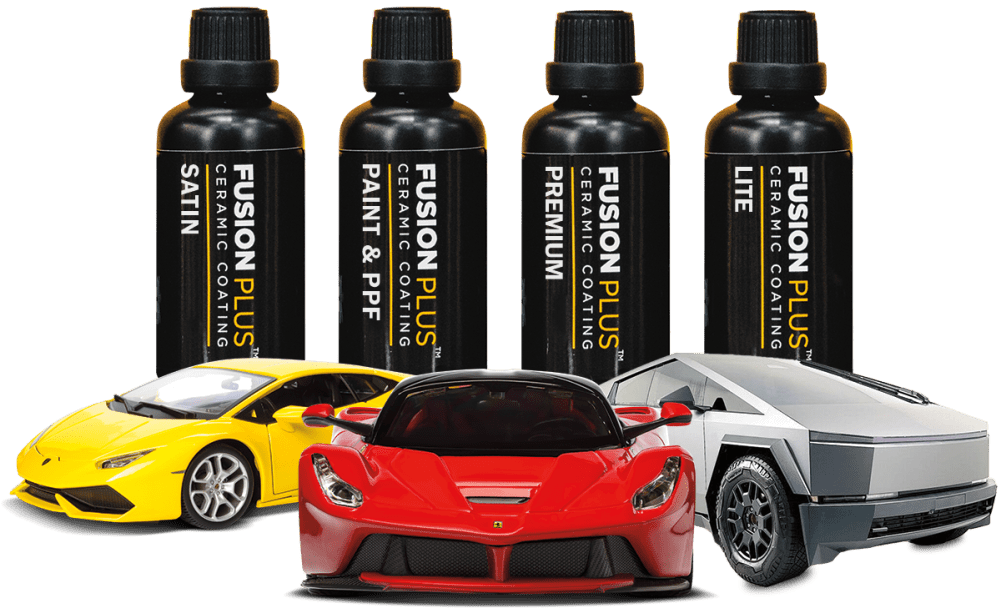How to Apply Ceramic Coating and Achieve Professional Results
Ceramic Finishing vs. Standard Wax: Which Provides Better Long-Term Defense?
The debate in between ceramic finishings and conventional wax for lorry security has gathered substantial interest among vehicle fanatics and experts alike. While both satisfy of guarding paint, their differences in sturdiness, application, and long-term upkeep expenses might affect a customer's selection. Ceramic coatings boast premium longevity and resistance to environmental factors, yet the complexity of their application questions regarding accessibility and practicality. As we explore these contrasting options, it comes to be important to think about not just the prompt benefits but likewise the effects for vehicle treatment over time.
Review of Ceramic Finish
Ceramic covering has obtained substantial appeal amongst automotive enthusiasts and detailers alike due to its innovative safety top qualities. This ingenious technology is developed to produce a long lasting, hydrophobic shield over a lorry's paint surface, substantially improving its resistance to ecological impurities such as dirt, UV rays, and chemical discolorations. Unlike traditional wax, which offers a short-term layer of defense, ceramic coatings bond at a molecular degree with the paint, supplying lasting durability-- usually prolonging past two years with correct upkeep.
The application process entails meticulous preparation of the car's surface, including cleaning and brightening to make certain optimum bond. When applied, the covering cures to create a robust layer that not just includes deepness and gloss to the paint however additionally streamlines upkeep. With its hydrophobic buildings, ceramic layer permits water and dust to move off more quickly, minimizing the frequency of laundries and lessening the danger of swirl marks.
In addition, ceramic finishings are offered in various solutions, allowing users to select items customized to their particular needs and preferences. Overall, ceramic finishing represents a substantial improvement in paint protection modern technology, delivering premium efficiency compared to conventional options.
Review of Standard Wax
Generally considered as a staple in automotive treatment, wax acts as a prominent option for those looking for a simple technique to boost and safeguard their car's paint - ceramic coating. Automotive wax usually comprises all-natural components, such as carnauba, or synthetic substances, created to develop a protective layer externally of the paint. This layer not only improves the automobile's gloss and beam but also provides an obstacle versus environmental pollutants
The application of wax is usually easy to use, making it accessible for both experts and DIY enthusiasts. It can be used by hand or device, permitting for flexibility in the describing process. As soon as used, wax calls for a treating period, after which it solidifies to form a protective covering. Wax is additionally understood for its capacity to repel water, promoting a beading result that aids in the avoidance of water places and deterioration.
Nonetheless, while wax is effective for improving the visual charm of a car, it is important to note that the security it supplies may require a lot more regular reapplication contrasted to alternative products, such as ceramic coatings. In general, conventional wax stays a favored option for those focusing on convenience of use and instant aesthetic renovation.
Durability and Longevity Contrast
While both ceramic coatings and standard wax deal safety advantages for automotive paint, their longevity and longevity differ considerably. Traditional wax, normally made from all-natural carnauba or artificial polymers, usually offers a safety layer that lasts about three to six months. This fairly short lifespan requires normal reapplication to maintain optimal security.
In contrast, ceramic finishes are crafted from innovative nanotechnology, creating a covalent bond with the paint surface area. This results in a durable, hydrophobic layer that can withstand for 2 to 5 years, depending upon the product and environmental problems. The exceptional longevity of ceramic layers is credited to their chemical framework, which uses enhanced resistance to scrapes, UV rays, and oxidation.

Security Against Environmental Aspects
Protecting a vehicle's paint from environmental aspects is essential for maintaining its appearance and worth in time. Autos are regularly exposed to a selection of elements, consisting of UV rays, bird droppings, tree sap, acid rainfall, and road gunk, all of which can endanger you could try this out the honesty of the paintwork.
Ceramic coverings give a durable protection against these environmental assailants. Unlike traditional wax, which can weaken quickly under UV direct exposure, ceramic finishes develop a durable, hydrophobic layer that stands up to the dangerous effects of sunlight and toxic wastes. This advanced innovation develops a chemical bond with the automobile's surface area, providing superior defense that lasts for many years, also in severe conditions.
In contrast, ceramic finishings keep their protective high qualities much longer, substantially decreasing the threat of paint damage and ensuring that the lorry preserves its aesthetic allure. As an outcome, ceramic coverings are progressively recognized as the premium option for lasting defense versus ecological aspects.
Application and Maintenance Distinctions
The methods of application and succeeding upkeep for ceramic coverings and traditional wax vary dramatically, influencing the overall individual experience and performance of each item. Ceramic coatings require a more elaborate application process, commonly entailing surface area preparation that here includes cleaning, sanitizing, and brightening the car. As soon as the surface area is prepared, the ceramic covering is applied in a controlled environment, typically requiring professional knowledge to ensure appropriate treating and bonding to the paint.

While both products boost automobile look, the longer-lasting security provided by ceramic layers might justify their initial financial investment, despite the even more demanding application process. Alternatively, standard wax stays a preferred option for those seeking a less complex, albeit temporary, option.

Verdict
In verdict, ceramic layers show considerable benefits over conventional wax in terms of durability and environmental defense. With a life-span extending two to five years and exceptional resistance to UV rays, dirt, and chemical discolorations, ceramic coatings provide a much more reliable service for long-lasting vehicle upkeep. Although the application procedure might need specialist knowledge, the resulting cost savings and minimized frequency of reapplication underscore the value of ceramic layers for those looking for optimum vehicle security.
The this argument in between ceramic layers and typical wax for automobile defense has garnered considerable focus among auto fanatics and specialists alike. Unlike standard wax, which supplies a short-lived layer of protection, ceramic layers bond at a molecular level with the paint, providing lasting durability-- frequently prolonging beyond two years with correct maintenance.
While both ceramic finishes and conventional wax deal safety benefits for auto paint, their toughness and durability vary considerably. For cars and truck lovers seeking long-term protection, ceramic coatings offer an engaging advantage over conventional wax items.
In verdict, ceramic finishes demonstrate substantial advantages over typical wax in terms of resilience and ecological protection.